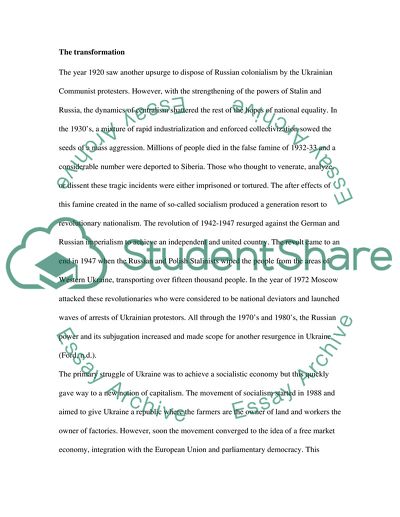Cite this document
(“Ukraines Transition from Socialism to Capitalism Essay”, n.d.)
Retrieved from https://studentshare.org/miscellaneous/1561952-ukraines-transition-from-socialism-to-capitalism
Retrieved from https://studentshare.org/miscellaneous/1561952-ukraines-transition-from-socialism-to-capitalism
(Ukraines Transition from Socialism to Capitalism Essay)
https://studentshare.org/miscellaneous/1561952-ukraines-transition-from-socialism-to-capitalism.
https://studentshare.org/miscellaneous/1561952-ukraines-transition-from-socialism-to-capitalism.
“Ukraines Transition from Socialism to Capitalism Essay”, n.d. https://studentshare.org/miscellaneous/1561952-ukraines-transition-from-socialism-to-capitalism.


